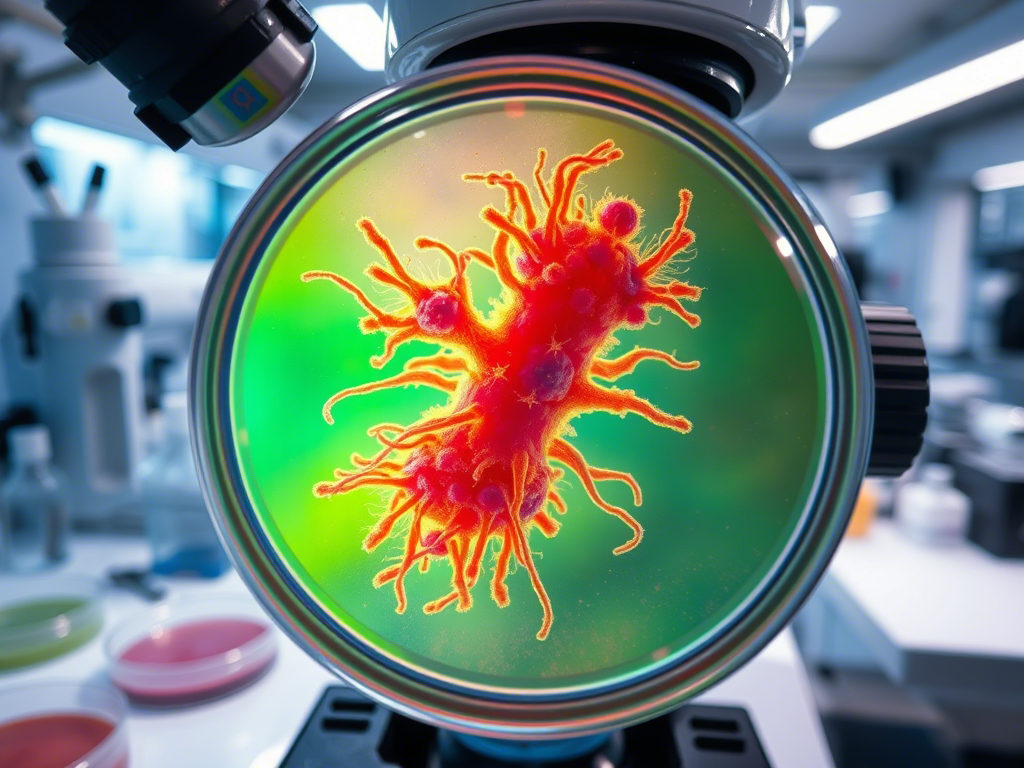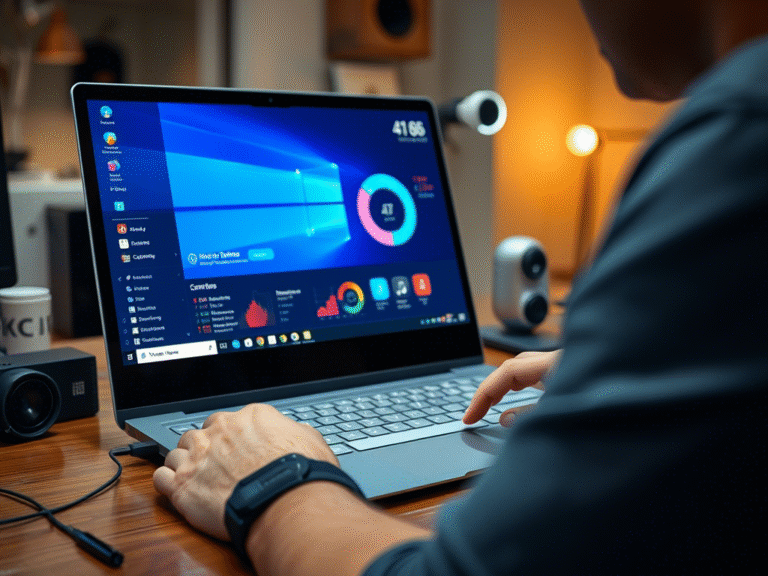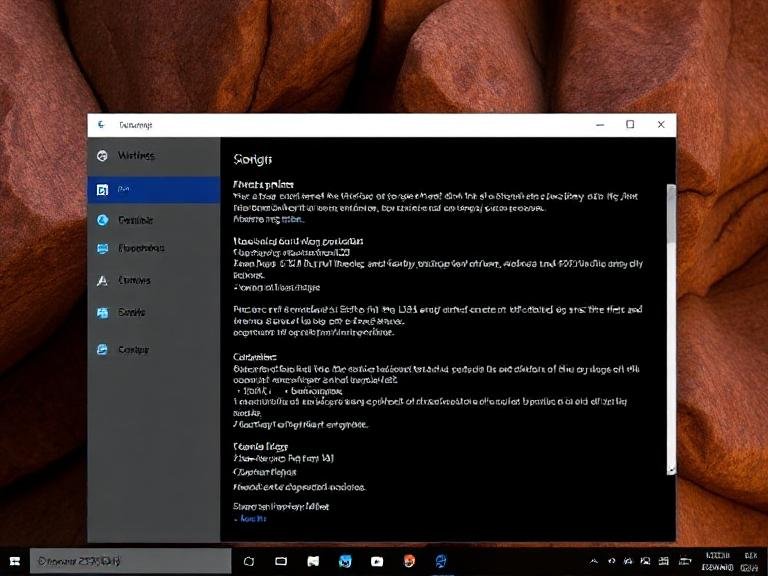
Mysterious Microbe Identified in China’s Orbiting Laboratory
A newly discovered bacterium, found aboard China’s Tiangong space station, appears to be unlike any previously identified on Earth.
Dubbed Niallia tiangongensis after the orbital lab where it was found, the microbe shows traits that may help it survive in the harsh conditions of space — hundreds of kilometers above Earth’s surface.
Researchers from the Shenzhou Space Biotechnology Group and the Beijing Institute of Spacecraft System Engineering suggest studying this and similar microbes could be crucial for safeguarding both astronaut health and spacecraft systems during long-term missions.
The samples were collected in May 2023 by the Shenzhou-15 crew as part of a microbial survey conducted under the China Space Station Habitation Area Microbiome Programme. These studies aim to understand how microbes adapt to life in space — and they’ve revealed a unique microbiome quite different from what’s found on the International Space Station.
N. tiangongensis is closely related to Niallia circulans , a soil-dwelling bacterium known for forming resilient spores to endure tough conditions. Like some Bacillus species, it seems capable of surviving extreme environments by entering a dormant state.
Genetic analysis shows the new species has a special ability to break down gelatin, which helps it build protective biofilms — a survival advantage when conditions get rough. However, it appears to have lost the ability to use other energy sources its relatives rely on.
This discovery highlights not only the diversity within the Niallia genus but also how easily certain bacteria can adapt to human-made habitats in space — a reality scientists are still learning to manage.
In fact, earlier studies of NASA clean rooms used for preparing Mars missions uncovered dozens of microbial strains, including 26 previously unknown species — proving just how hardy and adaptable space microbes can be.
Recent research into these newly discovered bacteria has revealed how they manage to survive in what we’d expect to be sterile environments — thanks to genes linked to DNA repair and resistance to substances that would normally be toxic to other microbes.
Understanding these microscopic “hitchhikers” is a key step toward managing them. If we can’t stop them from existing or adapting, we must at least learn how to predict their behavior in the unique conditions of space.
It’s still unclear whether Niallia tiangongensis poses any direct health risk to astronauts aboard Tiangong. However, given that its relative Niallia circulans has been known to cause sepsis in people with weakened immune systems — and this new strain’s ability to break down gelatin — the potential for health concerns is real.
As plans for lunar missions and deeper space exploration move forward, understanding how these tiny travelers adapt to life beyond Earth has never been more critical.





